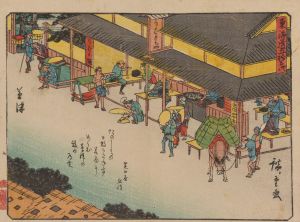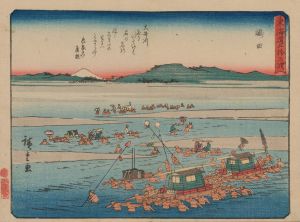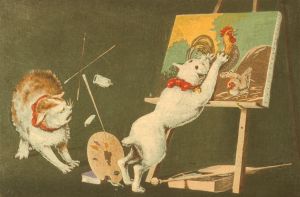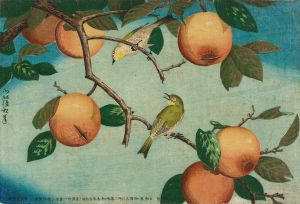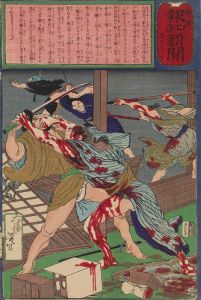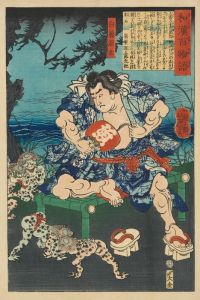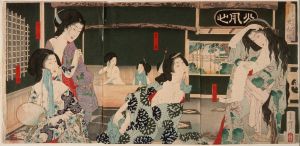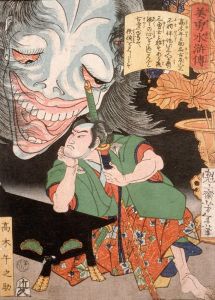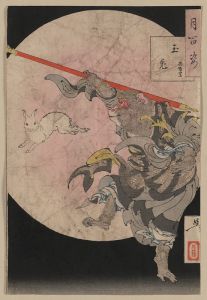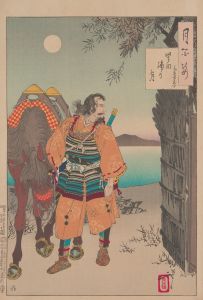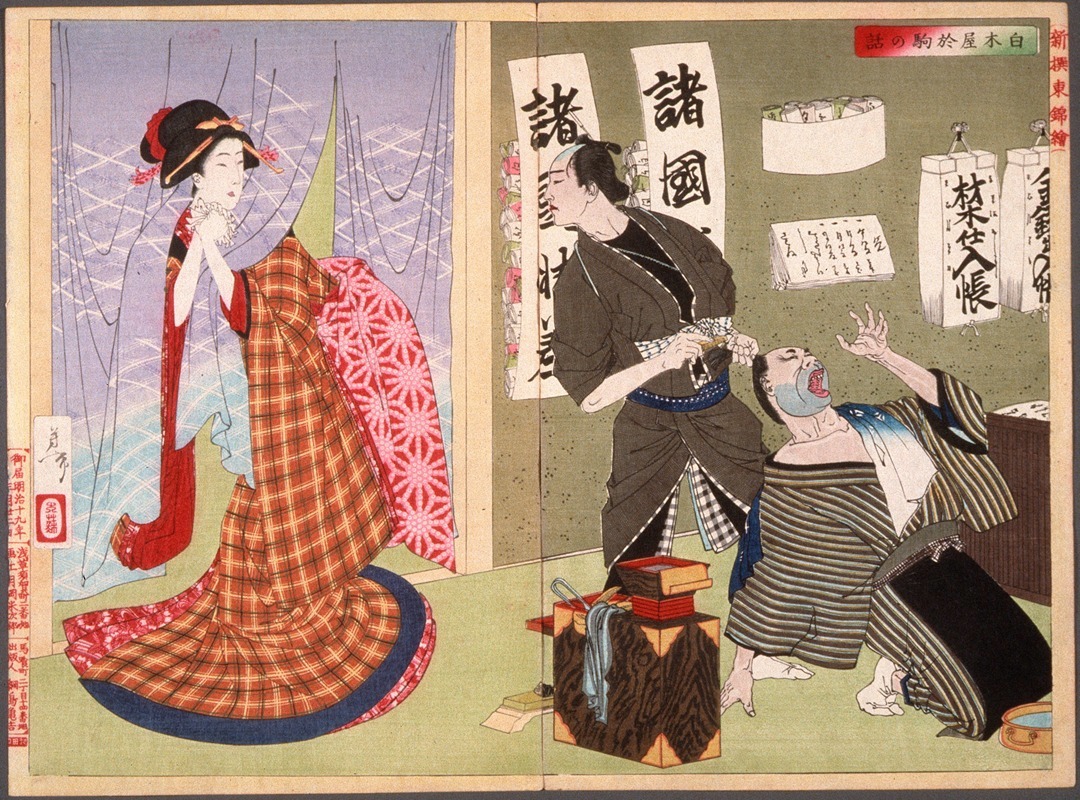
The Story of Okoma of Shirokiya
A hand-painted replica of Tsukioka Yoshitoshi’s masterpiece The Story of Okoma of Shirokiya, meticulously crafted by professional artists to capture the true essence of the original. Each piece is created with museum-quality canvas and rare mineral pigments, carefully painted by experienced artists with delicate brushstrokes and rich, layered colors to perfectly recreate the texture of the original artwork. Unlike machine-printed reproductions, this hand-painted version brings the painting to life, infused with the artist’s emotions and skill in every stroke. Whether for personal collection or home decoration, it instantly elevates the artistic atmosphere of any space.
"The Story of Okoma of Shirokiya" is a woodblock print created by the renowned Japanese artist Tsukioka Yoshitoshi. Yoshitoshi, born in 1839 and passing in 1892, was a pivotal figure in the ukiyo-e genre, which flourished during the Edo period and into the Meiji era. He is often celebrated for his innovative approach to traditional Japanese woodblock printing, as well as his ability to capture the complexities of human emotion and historical narratives.
This particular artwork is part of Yoshitoshi's series "New Forms of Thirty-Six Ghosts" (Shinkei Sanjurokkaisen), which was completed between 1889 and 1892. The series is known for its exploration of supernatural themes, folklore, and historical tales, often depicting scenes that blend the eerie with the beautiful. Yoshitoshi's work in this series is characterized by his use of vivid colors, dynamic compositions, and a keen attention to detail, which together create a haunting yet captivating visual experience.
"The Story of Okoma of Shirokiya" illustrates a tale rooted in Japanese folklore. The narrative revolves around Okoma, a character associated with the Shirokiya store, a famous department store in Edo (modern-day Tokyo). The story is a tragic one, involving themes of love, betrayal, and ghostly apparitions. Yoshitoshi's depiction captures the emotional intensity of the story, using his signature style to convey the drama and pathos of the scene.
In the print, Yoshitoshi employs a masterful use of line and color to bring the characters and their emotions to life. His attention to detail is evident in the intricate patterns of the clothing and the expressive faces of the figures. The background elements are carefully chosen to enhance the mood of the piece, often incorporating elements that suggest the supernatural or the otherworldly.
Yoshitoshi's work is significant not only for its artistic merit but also for its cultural and historical value. During a time of rapid modernization in Japan, his prints served as a bridge between the traditional and the contemporary, preserving the stories and aesthetics of a bygone era while also appealing to the tastes of a modern audience. His ability to adapt and innovate within the ukiyo-e tradition has earned him a lasting legacy as one of the last great masters of the art form.
"The Story of Okoma of Shirokiya" is a testament to Yoshitoshi's skill as an artist and storyteller. It reflects his deep understanding of human nature and his ability to convey complex narratives through the medium of woodblock printing. Today, his works are highly regarded by collectors and scholars alike, appreciated for their beauty, craftsmanship, and the rich cultural heritage they represent.





